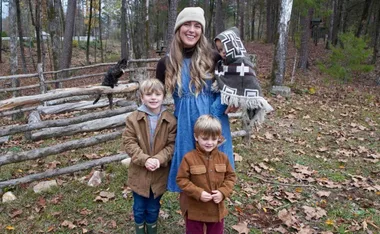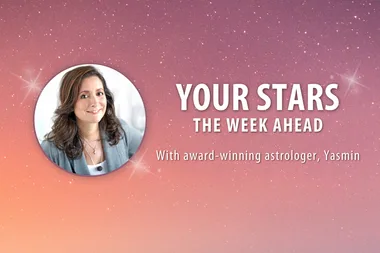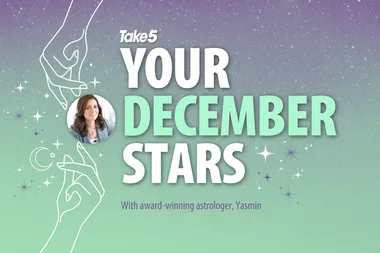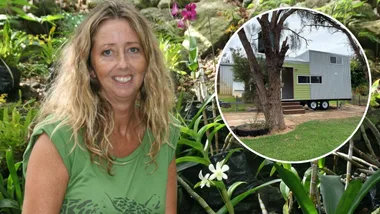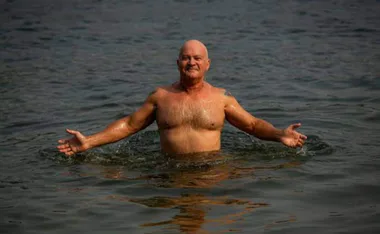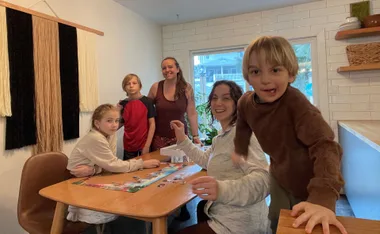We’ve all heard of William Tyrrell. Every news story that features the missing three year old garners hundreds of comments expressing the same sentiment: bring him home.
But William is only one of a staggering 70,000 people that have gone missing in Australia in the last two years. That equates to 100 people a day, or one person every fifteen minutes. Many of their faces flash across our social media feeds; but only the big cases make the news.
Many of these stories have happy endings; the missing person returns, or they are found safe and sound. But in too many cases they just disappear, leaving a huge gaping hole in the lives of their loved ones.
Amelia Kaiser, 22, says that she has been living in a state of grief, anguish and confusion since her mother, 43-year-old Lorrin Whitehead (formally Lorrin Kaiser) went missing in February, 2013.
“I never thought this could happen to me and my family,” Amelia says.
“We were a normal family- full of love, laughter, mischief and also some hard times. But we always pulled through together with a smile.”
Lorrin was captured on CCTV leaving a supermarket in her hometown Bannockhurn, Victoria, and has not been seen again since.
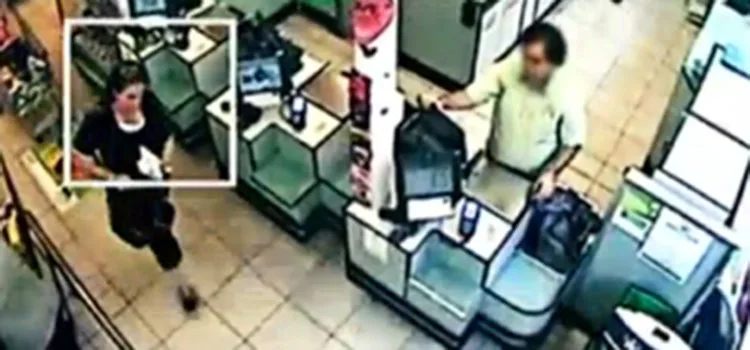
This CCTV footage is the last time Lorrin was seen.
Coping with the disappearance of her mother has left Kaiser in a constant state of anxiety. “I speculate continuously. If I just make the right call to the right person, I’ll solve this mystery. If I look in the right place, I’ll find her.
“My entire family has been overwhelmed in grief and sadness- we live day to day; One foot in front of the other. We celebrate the little milestones we reach but at each of these celebrations a piece of our heart is missing,” Kaiser explains.
In situations like these, there are often more questions than there are answers. In fact, Kaiser says that she is haunted by questions: “Where did she go? Was she given a ride somewhere? Was she a victim of foul play? Is she in a hospital unable to say where she belongs? Does she feel abandoned, frightened, lonely?”

Dr Sarah Wayland, grief researcher with University of New England has been working with the families of missing people for the last 12 years. She says that the experience of loss when someone is missing is referred to as an ambiguous or unresolved grief.
“Like any aspects of loss there can be a variety of response. Frustration at law enforcement, bewilderment that the person cannot be found, uncertainty as to whether they should keep hoping, a veritable rollercoaster ride of hopefulness and hopelessness,” Dr Wayland explains.
Dr Wayland notes that hope becomes a constant part of life for the families of missing people. “For some it’s the impetus to get up each morning and wonder if today is the day their child/partner is coming home. For others hope can be a double-edged sword – it can signify pain, unrequited yearning and a sense of their hopes being dashed over and over again,” she says.
Often when missing persons cases are in the news, or even depicted in books and movies, the focus is on the resolution – the solving of the mystery. But as Dr Wayland notes, there is often a long period in which loved ones have to wait for news. “We need to support people as they wait,” she says.
Dr Wayland believes that as a community we need to think more about how we can best support those left behind.
“Patience and understanding is what families need – not platitudes or pseudo detective tips, the holding on to hope can be painful. We need to honour that,” she says.
Loren O’Keeffe, 31, is the founder of the Missing Persons Advocacy Network (MPAN). She is painfully aware what it’s like for families when a loved one goes missing. Her brother, Daniel O’Keeffe vanished from his parents Geelong home in 2011 following a period of depression and anxiety.
“There was no need to panic initially; Dan was a very capable 24-year-old man. But when he didn’t turn up to teach his Brazilian Jiu-jitsu class that evening we knew there was something wrong – he would never let his students down,” recalls O’Keeffe.
After reporting Dan as a missing person, O’Keeffe remembers feeling helpless and frustrated. “I asked the police, ‘what can I do?’ and they couldn’t really tell me,” she says.
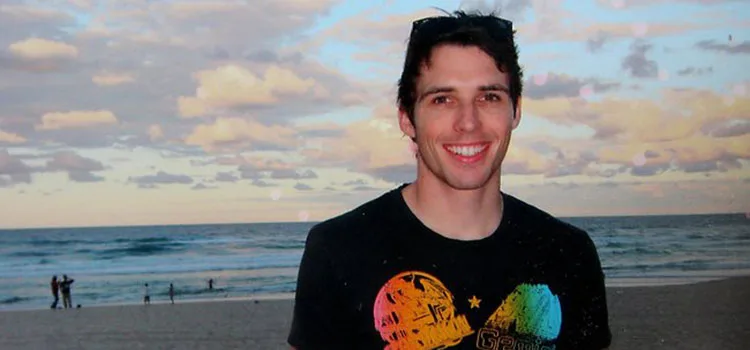
Daniel O’Keeffe
Loren and her parents decided to take action and started a Facebook page. “It was unprecedented. Four and a half years ago Facebook pages weren’t for missing people, they were for actors and athletes and public figures. Even the idea of ‘liking’ a page for a missing person was very confronting,” O’Keeffe explains.
O’Keeffe believes that Dan’s persona as a “guy next door” shone through and the public became very engaged with the campaign to bring him home. “It spread like wildfire, we had celebrities re-tweeting the poster on twitter, and we had thousands of people following the page. Social media has been instrumental to our campaign,” she says.
The families of other missing people began to contact O’Keeffe and ask for advice and the seeds of an idea were planted. O’Keeffe thought that families of missing people would feel more empowered if they were able to take action. So with the help of a corporate grant, she started the MPAN website and compiled a comprehensive guide of what to do when a loved one goes missing.
“The missing persons guide is a step by step guide of what to do. It’s really easy to use; there are checklists, templates for posters and media releases all the things you need to access in a short amount of time.
“We also give families support, media opportunities and help with the logistics of travel,” she says.
For O’Keeffe the bottom line is that MPAN gives the families of missing people hope. “Not knowing what has happened to your loved one and imagining all of the endless possibilities is torturous,” she says.
O’Keeffe passionately believes that missing people are a community issue and wants to educate the public on the important role that they play.
“We live in a day and age where citizens are empowered to help this kind of cause. You can click a button and share a post – and that might lead to a piece of information that will give peace to the family in question,” she says.
“Printing a poster or sharing a post might not bring the person back – but it is giving their family hope,” explains O’Keeffe. “And hope is invaluable, it’s the only thing that we have.”

